Integration of physical, digital and human systems in traditional networks and services to ensure better and more efficient outcomes from any real-life applications are the key concept of building a modern smart city. Energy management would undoubtedly be treated as one of the major building blocks of a smart city architecture due to its profound impact on sustainability, efficiency, and quality of life. It accelerates the process of contributing to a cleaner environment by reducing carbon emissions. Also, smart city energy management ensures the more efficient usage of existing energy by urban people as well as the sustainable use of natural resources, helping to preserve energy for future generations.
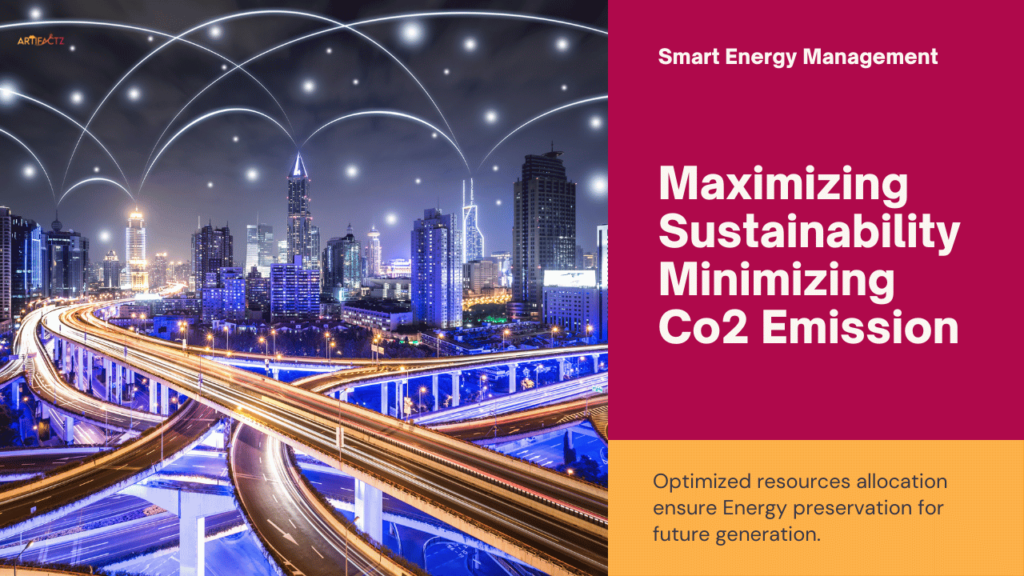
This blog illustrates the conceptual overview of smart city energy management along with its core features and components, how this would be crucial to meet the exponentially increased connected smart devices power requirements and finally the impact on maximizing the sustainability and minimizing the carbon emission.
What is Smart City Energy Management?
Smart City Energy Management is an approach, an on-going habituation processes which are required to be practiced and adapted over the period by everyone living in the city from entrepreneur to developers to general residents. It is the application of advanced technologies and innovative strategies to optimize the production, distribution, and consumption of energy within an urban environment. This approach aims to enhance energy efficiency, sustainability, reliability, and overall quality of life for city residents. Creating a resilient, efficient, and sustainable energy ecosystem that supports the well-being of urban populations and the environment is the key aim of smart city energy management.
Why Energy Management is so crucial?
Energy is the heart of connected world. Billions of connected devices require power actively or passively to be functional in smart city applications. Therefore, energy management is undoubtedly a critical component to be considered for building and operating a smart sustainable city. Following are some key reasons among many of others:
Reduced Cost and Carbon Emission
Effective energy management ensures that energy is used efficiently by citizens due to process automation, which lowers the overall energy consumption of the city, leads to significant cost savings for both the city administration and its residents. This is also crucial for reducing the city’s carbon footprint and mitigating climate change. Rules of Thumb is as lower your city’s carbon footprint are, your city is more Sustainable. Also, smart energy management helps to deal with region specific ESG Regulatory Compliances regarding emissions, avoiding penalties and fostering a healthier environment.
Sustainable Energy Sources
Smart energy management systems can optimize the integration of renewable energy sources like solar and wind into the city’s energy grid. This reduces reliance on fossil fuels and helps the city transition towards a sustainable energy model. In such kind of connected and distributed system, city energy demand and supply could be dynamically managed and monitored through stabilized grid operation, balancing intermittent renewable energy sources with traditional power generation. This system also prioratize the conservation of natural resources, ensuring that future generations have access to the energy they need along with enabling cities sustainable growth, balancing economic development with environmental protection.
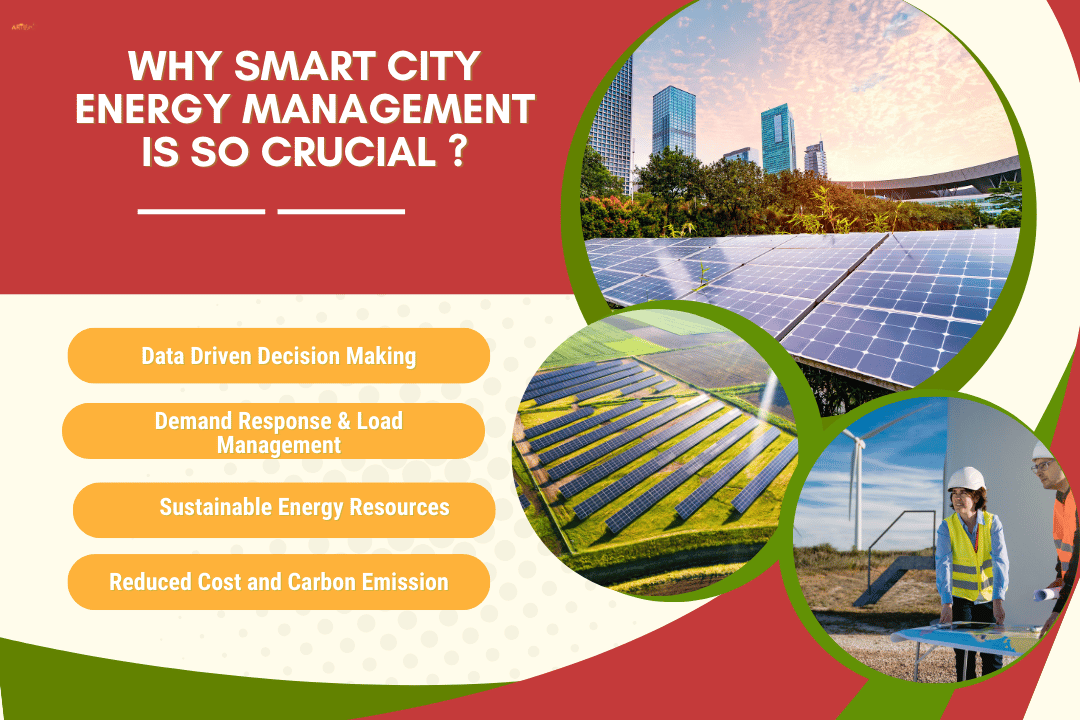
Demand Response and Load Management
Managing energy demand, especially during peak times, helps in reducing the strain on the energy grid. This prevents blackouts and reduces the need for expensive infrastructure upgrades. For better management and recovery during natural disasters or grid failures, smart energy systems could play a pivotal role to ensure 24/7 energy supply for important city areas. Distributed energy resources (like microgrids) can provide backup power during emergencies, ensuring critical services remain operational. Also in smart city energy management system, consumers are directly integrated in eco-system through using smart meters, while dynamic pricing model encourage them to shift their energy usage to off-peak times, further aiding in load management and contributing to overall system efficiency.
Data-Driven Decision Making
Predictive, prescriptive Analytics could be backbone of designing any successful demand utilization management eco-system, while data is the heart of all smart, connected system and digitalization process. Based on the generated sensors data, such kind of analytics helps authorities to predict energy usage patterns and optimize resource allocation. This leads to smarter decisions regarding energy production, distribution, and consumption. Continuous monitoring of energy use can detect and address inefficiencies or faults in real time, ensuring the reliability of the energy supply. Data driven smart energy management also broaden the resource sharing opportunity with other smart city infrastructures (like transportation, water management, etc.) could optimize the overall functioning of the city, making it more sustainable and livable.
Smart City Energy Management Components
Smart city energy management is a comprehensive approach that integrates various technologies, systems, and strategies to optimize energy use, reduce waste, and promote sustainability in urban environments. Below are the key components that make up a smart city energy management system:
Smart Grid:
A smart grid is an electricity network that uses digital technology to monitor and manage the flow of electricity from power plants to consumers. It enhances the reliability, efficiency, and sustainability of electricity distribution. Some key features are:
Real-Time Monitoring: Sensors and IoT devices monitor energy flow, allowing for real-time adjustments and fault detection.
Two-Way Communication: Unlike traditional grids, smart grids enable two-way communication between utility providers and consumers, allowing for dynamic demand response and energy optimization.
Integration of Renewable Energy: Smart grids can efficiently integrate renewable energy sources, such as solar, wind and geo-thermal, balancing supply and demand dynamically. Advanced energy management software optimizes the integration of renewable energy, balancing it with other energy sources and managing storage.
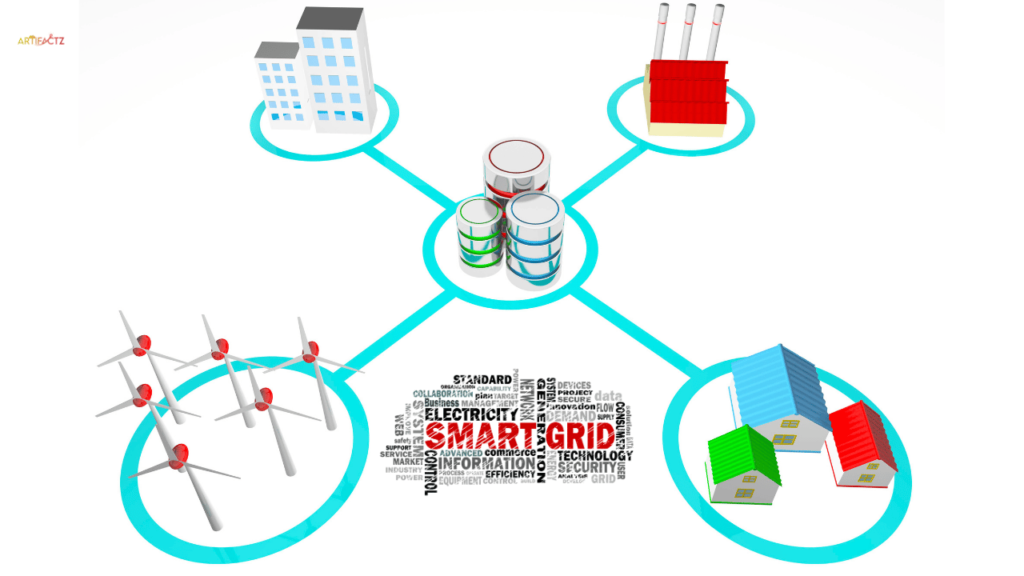
Demand Response (DR)
Demand Response refers to programs that encourage consumers to reduce or shift their energy use during peak demand periods in response to time-based rates or other incentives. Key features included:
Incentive Programs: Consumers are rewarded for reducing energy use during peak periods, helping to balance supply and demand.
Automated Control Systems: Smart thermostats and appliances can automatically adjust settings in response to DR signals, minimizing inconvenience to users.
Grid Flexibility: DR provides flexibility to the grid, reducing the need for additional power plants and lowering operational costs.
Advanced Metering Infrastructure (AMI)
AMI includes smart meters, communication networks, and data management systems that enable two-way communication between consumers and utility companies. Some key features are:
Smart Meters: These devices record energy consumption in real-time, providing detailed data on usage patterns.
Dynamic Pricing: AMI enables dynamic pricing models, where electricity prices can fluctuate based on demand, encouraging consumers to use energy during off-peak hours.
Data Analytics: The data collected can be analyzed to improve energy efficiency, forecast demand, and tailor energy services to consumer needs.
Energy Storage Systems
Energy storage systems, such as batteries, store energy for later use, helping to balance supply and demand. It is generally used for:
Load Shifting: Storage systems can store excess energy generated during low demand periods and release it during peak demand, reducing strain on the grid.
Grid Stabilization: These systems can provide grid stabilization services, such as frequency regulation and voltage support.
Support for Renewables: Energy storage is essential for managing the intermittent nature of renewable energy sources, ensuring a consistent energy supply.
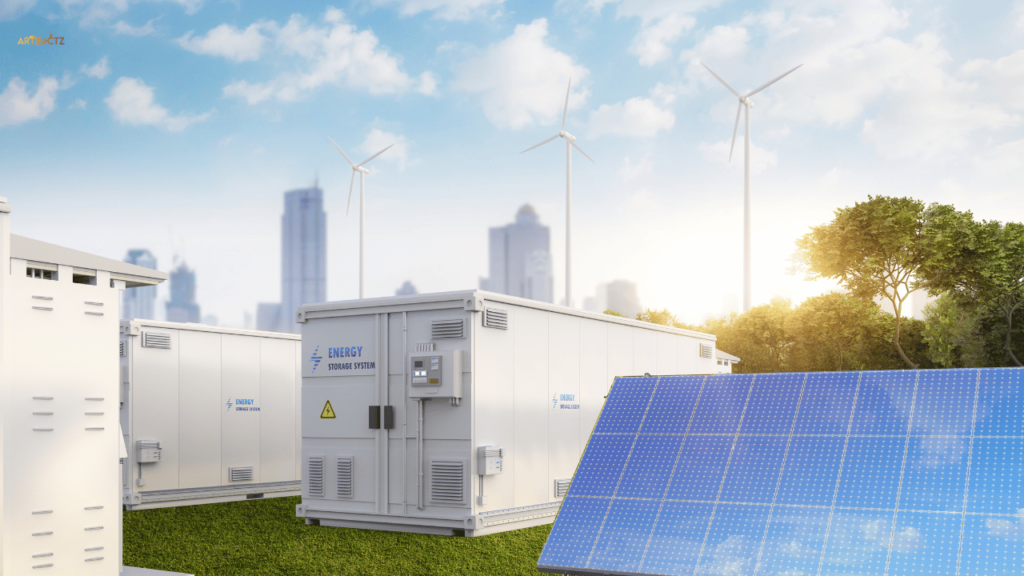
Smart Buildings
Smart buildings use automated systems and IoT devices to monitor and control energy usage, enhancing energy efficiency and occupant comfort.
Energy Management Systems (EMS): These systems monitor and control energy consumption in real-time, optimizing heating, ventilation, air conditioning (HVAC), lighting, and other systems.
IoT Sensors: Sensors detect occupancy, temperature, and other environmental factors to adjust energy use automatically.
Building Automation: Integration with building automation systems allows for centralized control of energy-consuming systems, improving efficiency and reducing waste.
Electric Vehicles (EVs) and Charging Infrastructure
Electric vehicles and their associated charging infrastructure are key components of smart city energy management, contributing to the reduction of greenhouse gas emissions.
EV Charging Stations: A network of public and private charging stations is essential for supporting the widespread adoption of electric vehicles.
Vehicle-to-Grid (V2G) Technology: EVs can act as mobile energy storage units, feeding energy back into the grid during peak demand periods.
Smart Charging: Charging stations can be integrated with the smart grid to manage load and optimize charging times based on grid conditions.
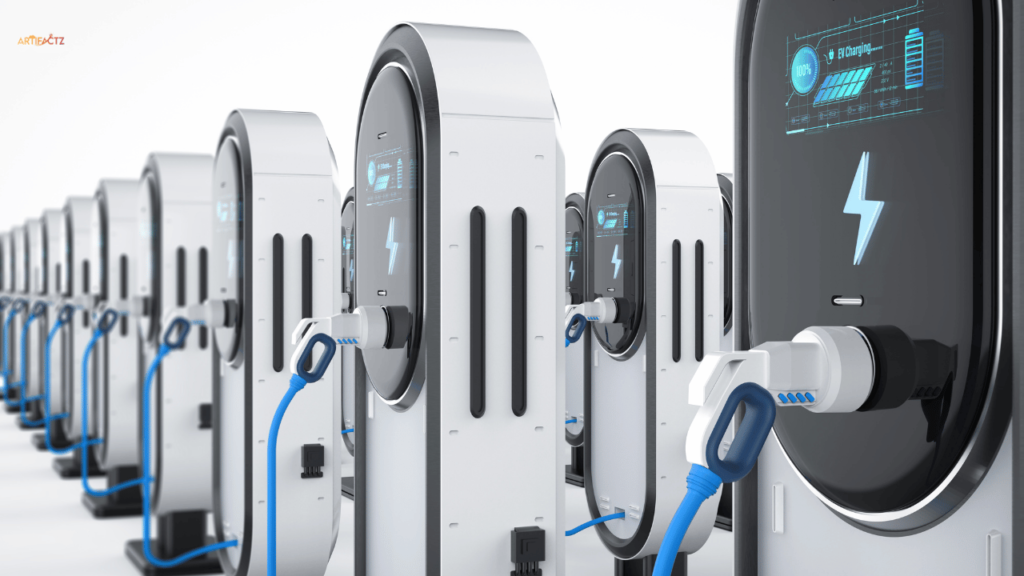
Energy Data Management and Analytics
Collecting, storing, and analyzing energy data is crucial for optimizing energy use and improving efficiency.
Big Data Analytics: Analyzing large datasets from smart meters, sensors, and other sources to identify patterns, forecast demand, and optimize energy distribution.
Real-Time Monitoring: Continuous monitoring of energy systems enables quick identification of inefficiencies or faults, allowing for proactive maintenance.
User Dashboards: Consumers can access detailed information about their energy usage, helping them make informed decisions to reduce consumption.
Citizen Engagement and Behavioral Change
Educating and engaging citizens in energy management initiatives is crucial for the success of a smart city.
Awareness Campaigns: Public awareness campaigns can inform citizens about energy-saving practices and the benefits of renewable energy.
Community Energy Projects: Initiatives such as community solar projects or local energy cooperatives allow citizens to participate directly in energy generation and management.
Feedback Systems: Providing citizens with real-time feedback on their energy consumption encourages behavioral changes that lead to greater efficiency.




